I feel like I hit the jackpot when we moved to California. Not only do I love the sun, the beach, the ocean, and the typical friendliness, but I also appreciate wine. If you have followed along for a while, you might have noticed I took every chance I could to visit the vineyards in Europe (check the winery guide about Santorini), Australia, and even Africa. And to top that even further, I can consider myself lucky enough to live in a place surrounded by hectares of wine land.
On a rainy Saturday during Indian Summer, our (new) friends (that we had made meanwhile) took us to Mendocino County to visit some of the various wineries, taste some grapes and varieties, and have a fun day together.
NORTHERN CALIFORNIA’S WINE COUNTRY
As this is my first post about wine and viticulture in California (for now), I’ll give you a little background information: The region in the northern Bay Area is known as a premier wine-growing region and therefore called “Wine Country”. It is regarded as the amalgamation of the counties of Napa, Sonoma, Mendocino, Lake, and Solano, located north of San Francisco and spanning a distance of approximately 90 to 120 minutes by car. Wine Country comprehends over 1700 wineries, primarily located in the area’s valleys, such as Napa Valley (in Napa County), Sonoma Valley, Alexander Valley, Dry Creek Valley, Bennett Valley, and Russian River Valley in Sonoma County.
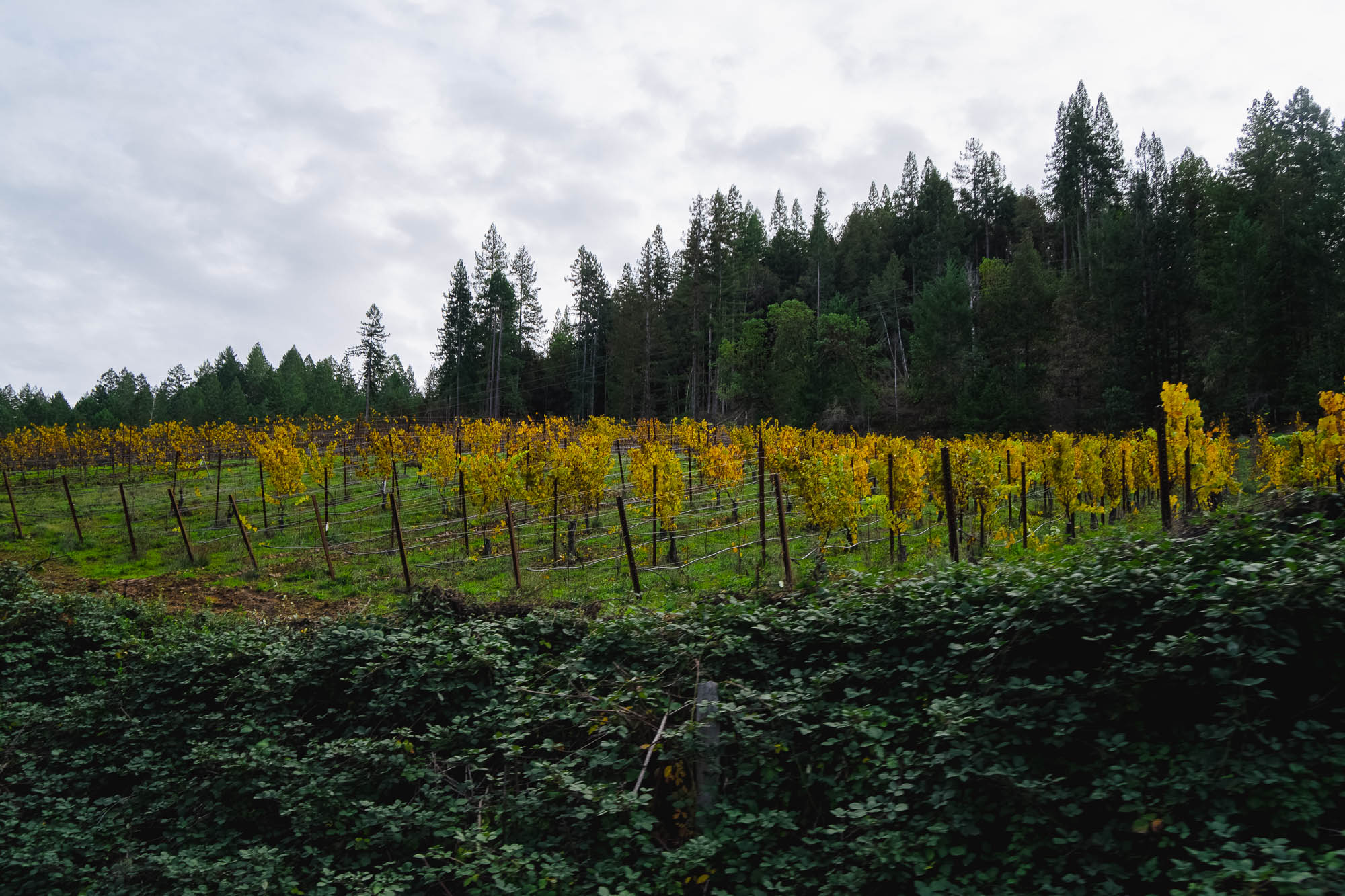
The Wine: Viticulture, Climate, Grapes
California wine production has had a rich viticulture history since 1680 when the Spanish planted Vitis vinifera vines native to the Mediterranean region in their established missions to produce wine.
While California’s wine regions can be generally classified as a Mediterranean climate, there are also regions with more continental dry climates. The proximity to the Pacific or bays, as well as unobstructed access to the cool currents that come off them, dictates the relative coolness of the wine region. Areas surrounded by mountain barriers, like some parts of Sonoma and Napa counties, will be warmer due to the lack of this cooling influence.
All in all, California produces over one hundred different grape varieties, including European and hybrid grapes, with the leading grape varieties being dominated by red (Cabernet Sauvignon, Merlot, Pinot Noir, Syrah, Zinfandel). Important white wine grapes include Chardonnay and Sauvignon Blanc. However, both styles differ significantly from others known from Europe or New Zealand. For Chardonnay, Californian winemakers frequently use fermentation and oak aging to make buttery, full-bodied wines with high alcohol levels. Even some Sauvignon Blancs are given time in oak, which dramatically changes their profile and distinguishes them from, e.g., their Australian pendants.
EXPLORING RUSSIAN RIVER VALLEY WINERIES
Funny enough, wine tastings in California seem to take place in the morning, midday, and early afternoon. At least I have never found a tasting slot later than 4 pm. It’s more fun to taste the wine during the day, as you get to see all the beautiful light, colors, and nature of the wineries; however, I always gain the feeling that day drinking is actually not my cup of wine – eh, tea. In any way, we had a lovely day with our friends and visited two wineries and the cute little town of Healdsburg.
KORBEL WINERY, GUERNEVILLE, SONOMA COUNTY (CALIFORNIA)
The first winery we visited was Korbel Champagne Cellars since our friend is a member and was supposed to pick up her annual member package. We, therefore, all could do a tasting for free, which was super friendly. It was, unfortunately, raining and chilly outside. Still, the winery had re-furnished their main building, usually used as a museum for the discovery tour, and everyone was placed here for that day, which was a welcomed add-on. Korbel mainly manufactures sparkling wine and claims to use the “méthode champenoise”, a process in which the sparkling wine is fermented inside the same bottle from which it is served. That’s relatively uncommon, especially for us Europeans, as in Europe, only wine from France’s Champagne wine region may use the term “Champagne” or “méthode champenoise” by law. Therefore, one made a “grandfathering” exception for Korbel to still advertise the process on their label. In addition, a US law makes it possible for Korbel to use phrases like “California champagne” and “Russian River valley champagne”, which probably makes it upscale enough to have been used at six United States presidential inaugurations?!
Varieties: Sweet Cuvée, Brut, Extra Dry, Brut Rosé, Sweet Rosé, Brut Organically, Natural, Blanc de Noirs, Rouge, Prosecco.
Price for the tasting: “Marketplace” (3 tastes) is complementary, “Discovery” (4 tastes) is $10, “All Bubbles” (5 tastes) costs $15, Wine Club Members enjoy complimentary wine tastings throughout the year.
PORTER-BASS, GUERNEVILLE, SONOMA COUNTY (CALIFORNIA)
We visited the next winery was Porter-Bass, only a couple of minutes drive from the previous winery and nine miles from the Pacific Ocean. Located at the top of Mays Canyon in the hills of western Sonoma County, owners Dirck and Sue Bass have farmed the wine biodynamically since 1980. The experience here was entirely different from the one we had before. While Korbel seemed like an old-running marketing machine, the Porter-Bass was an authentic old-fashioned farm, with the fields and yards surrounding the old farmhouse, a tractor in front of the building, and no public restrooms or restaurants. As a result, the atmosphere and the tasting seemed less effortful but intimate, familiar, and authentic.
Varieties: Sauvignon Blanc, Chardonnay, Zinfandel, Cabernet Sauvignon, Pinot Noir,
Price for the tasting: $25/Person; however, it’s free if you instead buy a bottle that starts at $25 for Sauvignon Blanc and can go up to $60 for the richer reds.
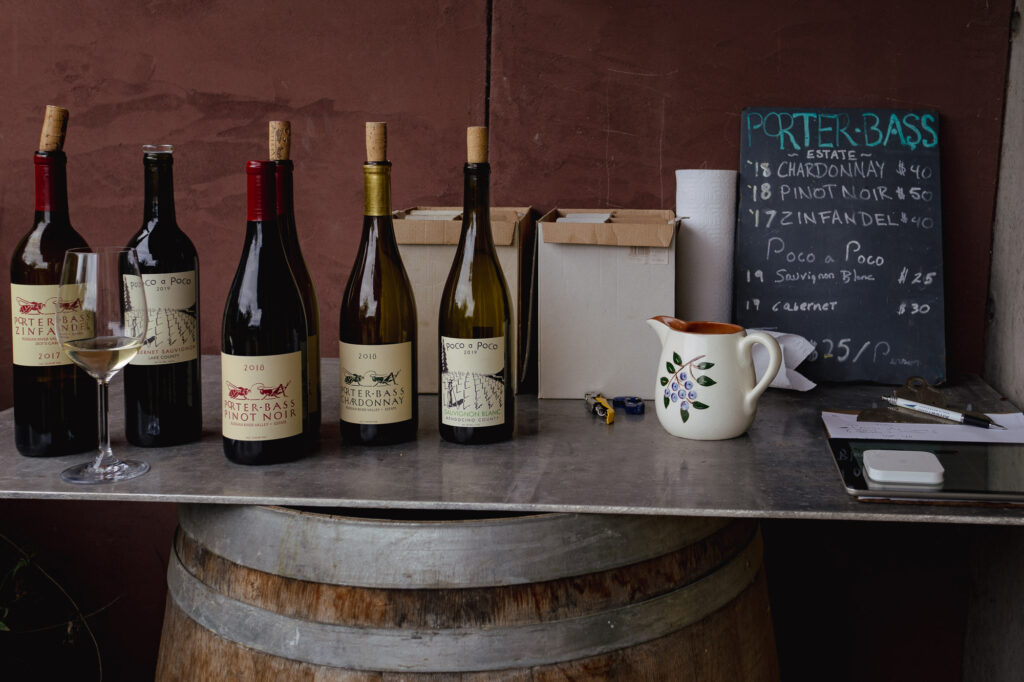
Initially, we had planned to visit a third winery after that but again learned that most of them don’t accept any visits after 4 or 4.30 pm. This is why, instead, we ended up in Healdsburg. I’ll write about that another time.
1 Comment
POST COMMENT Cancel reply
Related Posts
The new Boathouse Wine Tasting Experience at Cuvaison
I’ve been keeping this under wraps, but it's time to share my incredible Boathouse Tasting Experience at Cuvaison. Their new service offers a dreamy food and wine pairing at their beautiful boathouses, nestled by a serene pond in the heart of their 400-acre Tai Vineyard. It even includes a vineyar
Exploring the land of Grüner Veltliner – The best wineries to visit in Austria’s beautiful Kamp Valley
Virtual exploration sparked wanderlust. Amidst sips of wine, I craved real travel. Austria called out for real adventure. In Langenlois, we uncovered Grüner Veltliner's secrets, soaking in the countryside charm and wine wisdom.
The Beringer Vineyards in Napa Valley
As a wine enthusiast, it's surprising we hadn't visited Napa Valley before. But after a wonderful time at Beringer Vineyards, I'm hooked! Can't wait to return to this prestigious wine county soon for more delightful experiences and unforgettable tastings.
Finally visiting Ram’s Gate Winery
As a wine enthusiast, I'm always on the lookout for new wineries to explore, each offering a unique blend of flavors, landscapes, and experiences. Recently, I had the pleasure of visiting Ram's Gate Winery, a hidden gem in California's wine country.
Sipping Through Wine Country: Answering Your Questions
You asked your questions about wine country and I answered.
Visiting Frank Family Vineyards
I just had the best time at Frank Family Vineyards! Went to a wine-tasting event and ended up next to Rich Frank himself. It was unforgettable! From Lady Edythe Rosé to RHF Cab Sauv, every sip was a delight. Todd, the winemaker, spilled some secrets, but Rich's stories stole the spotlight.
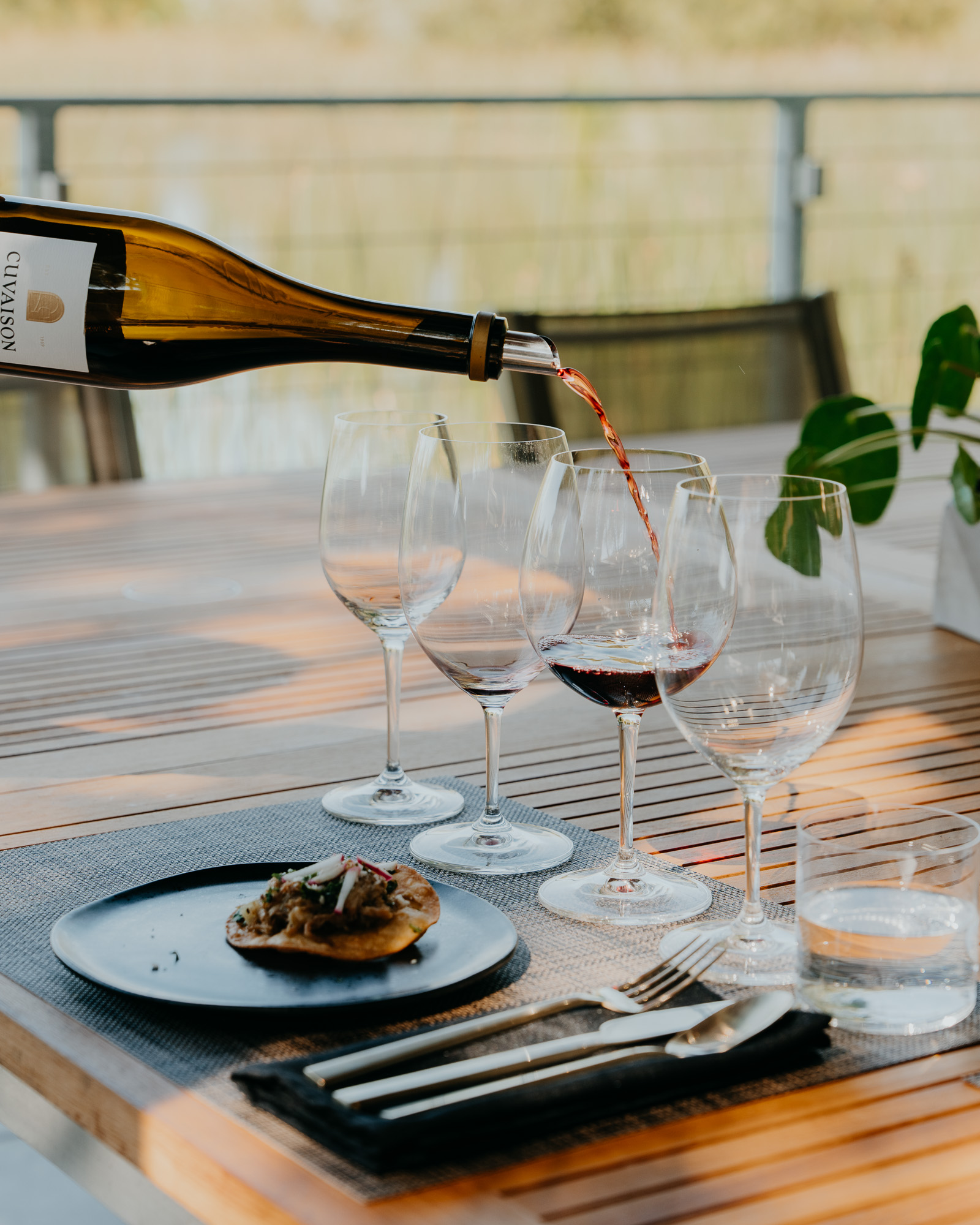
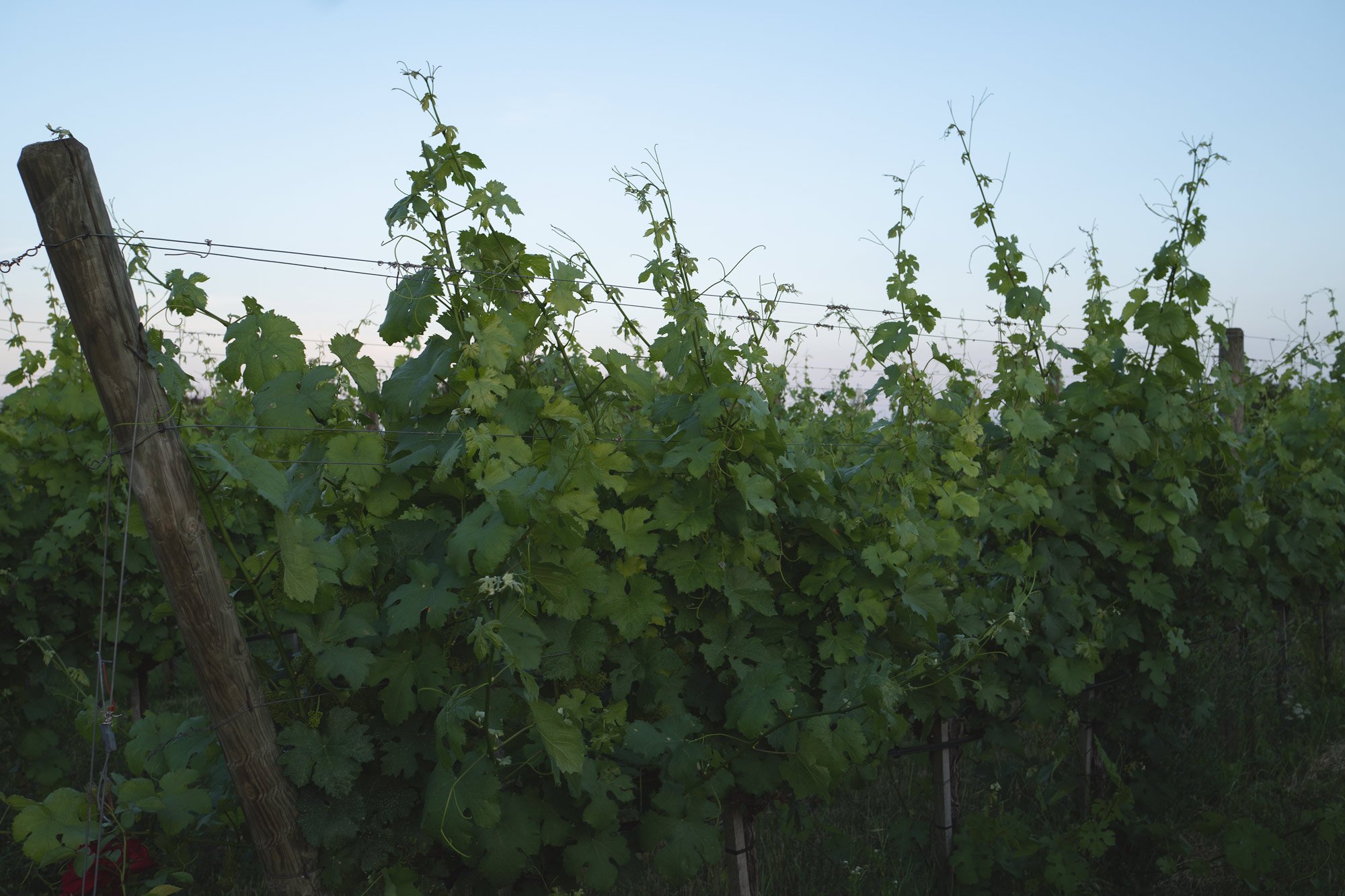
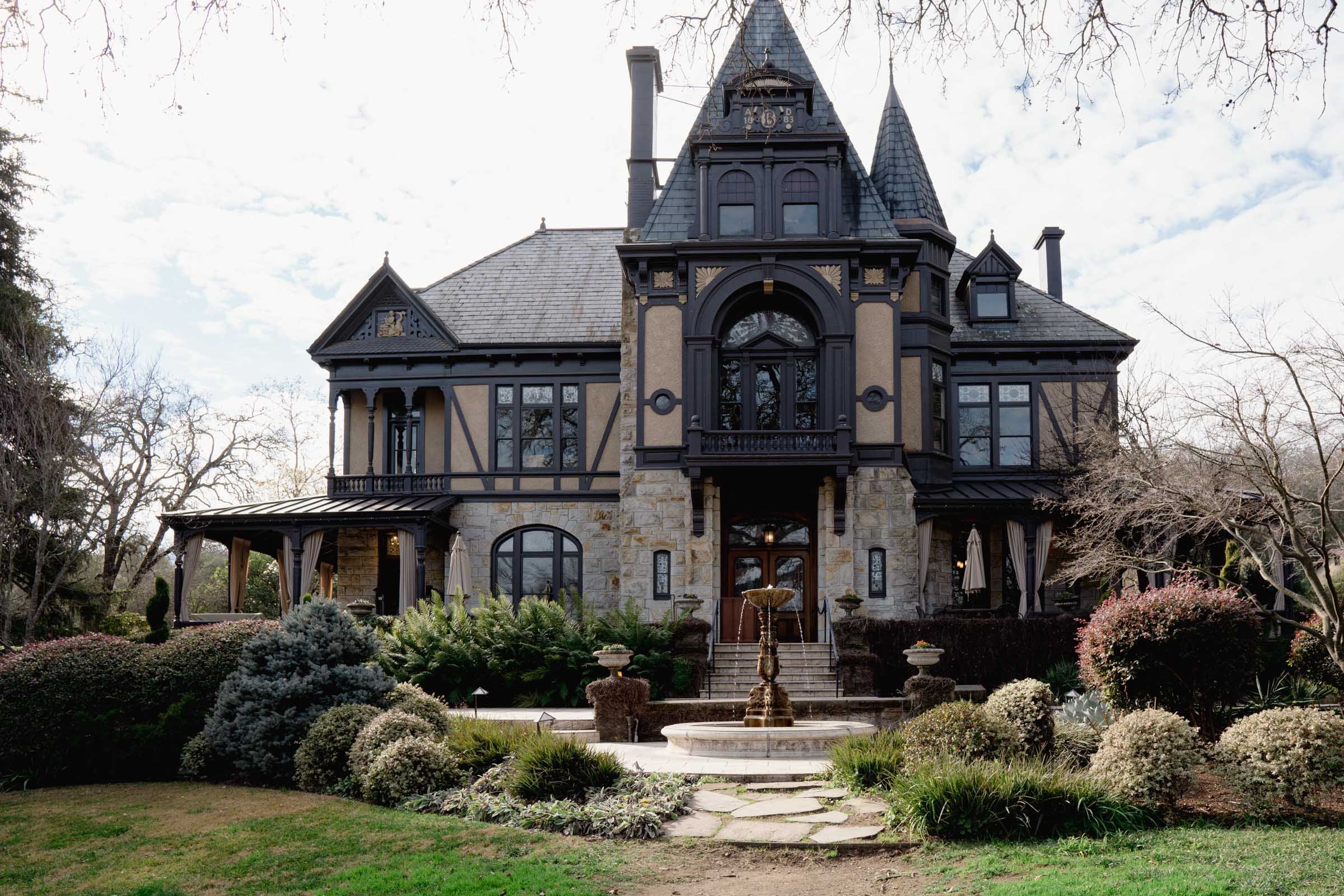
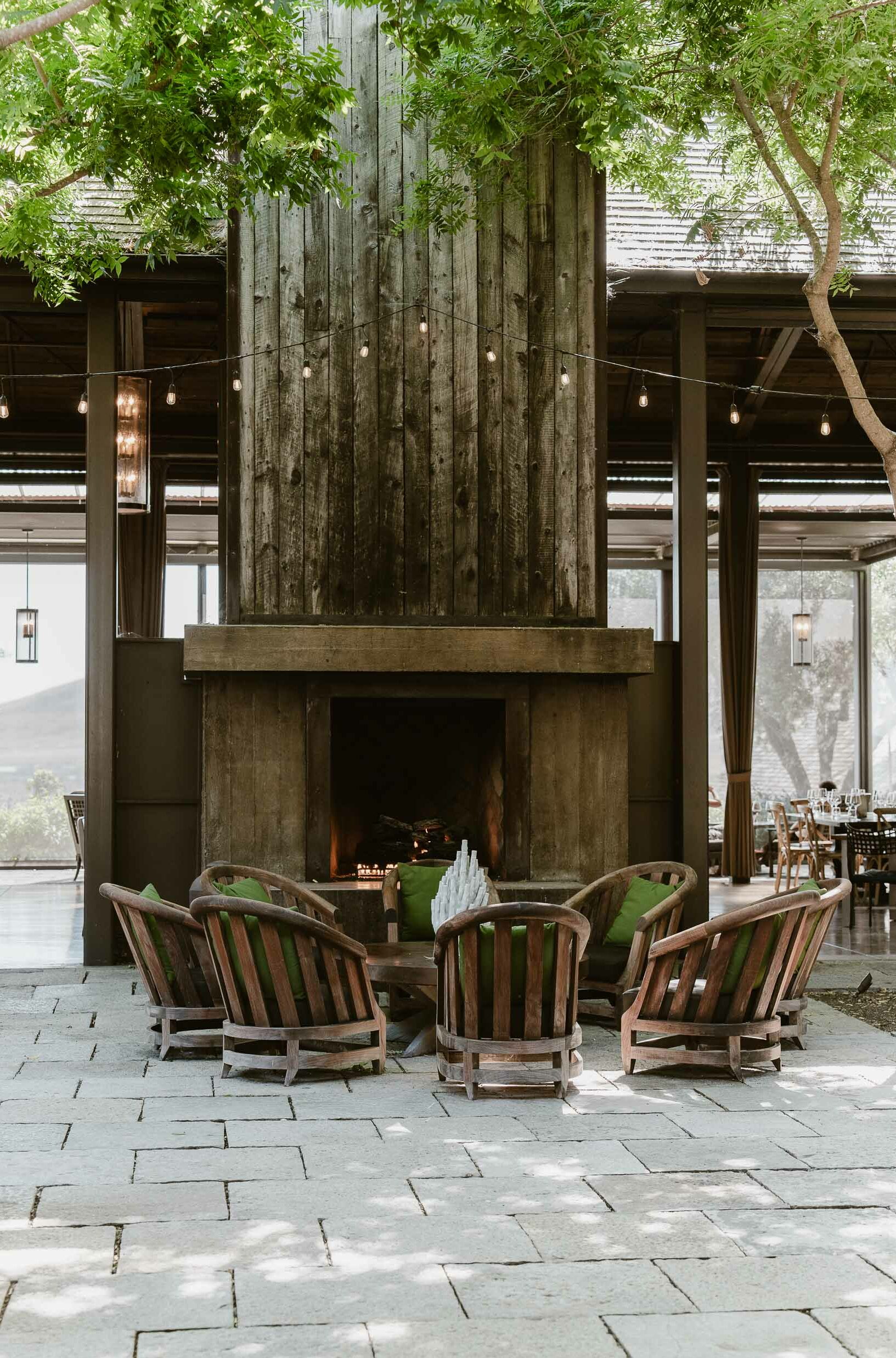
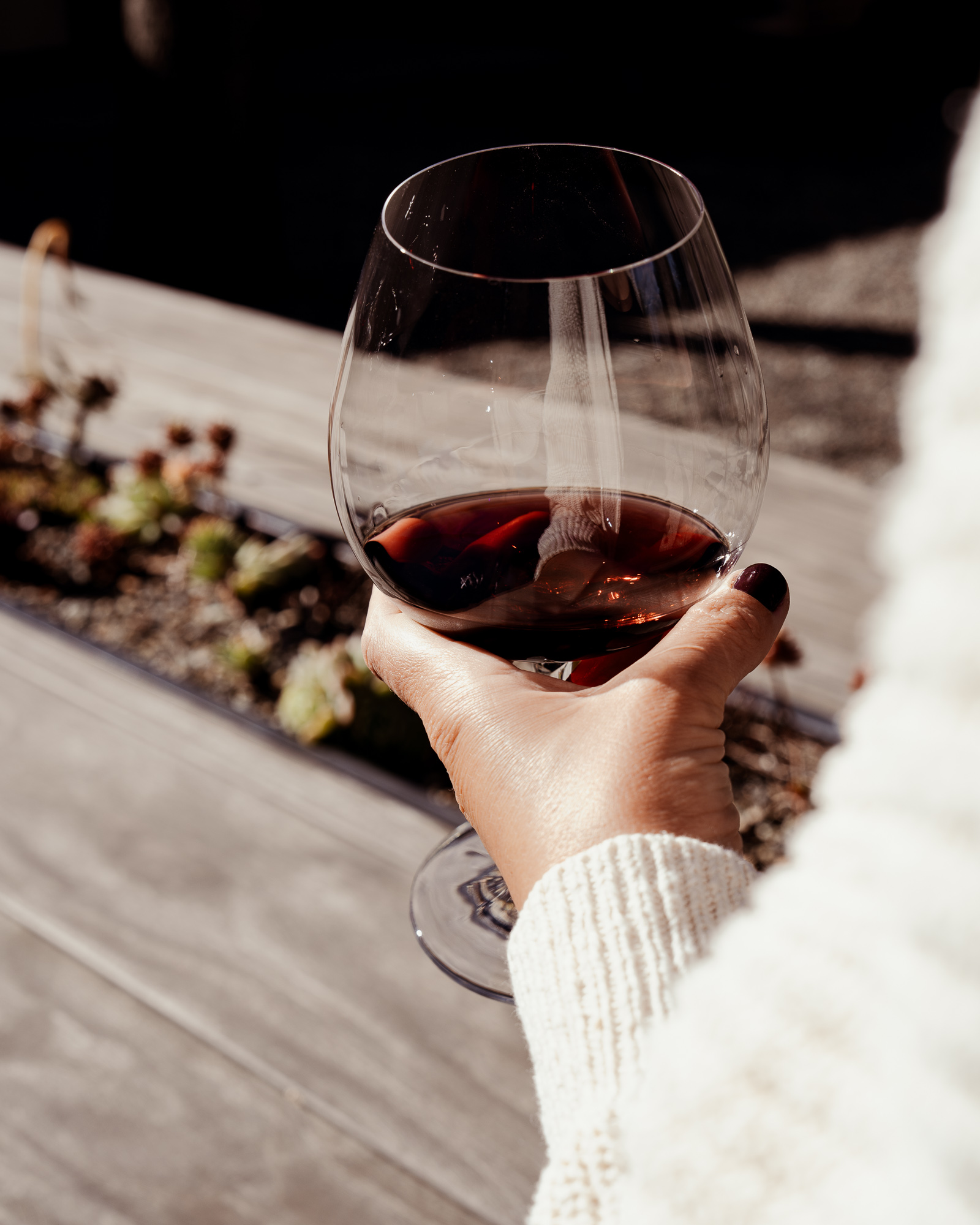
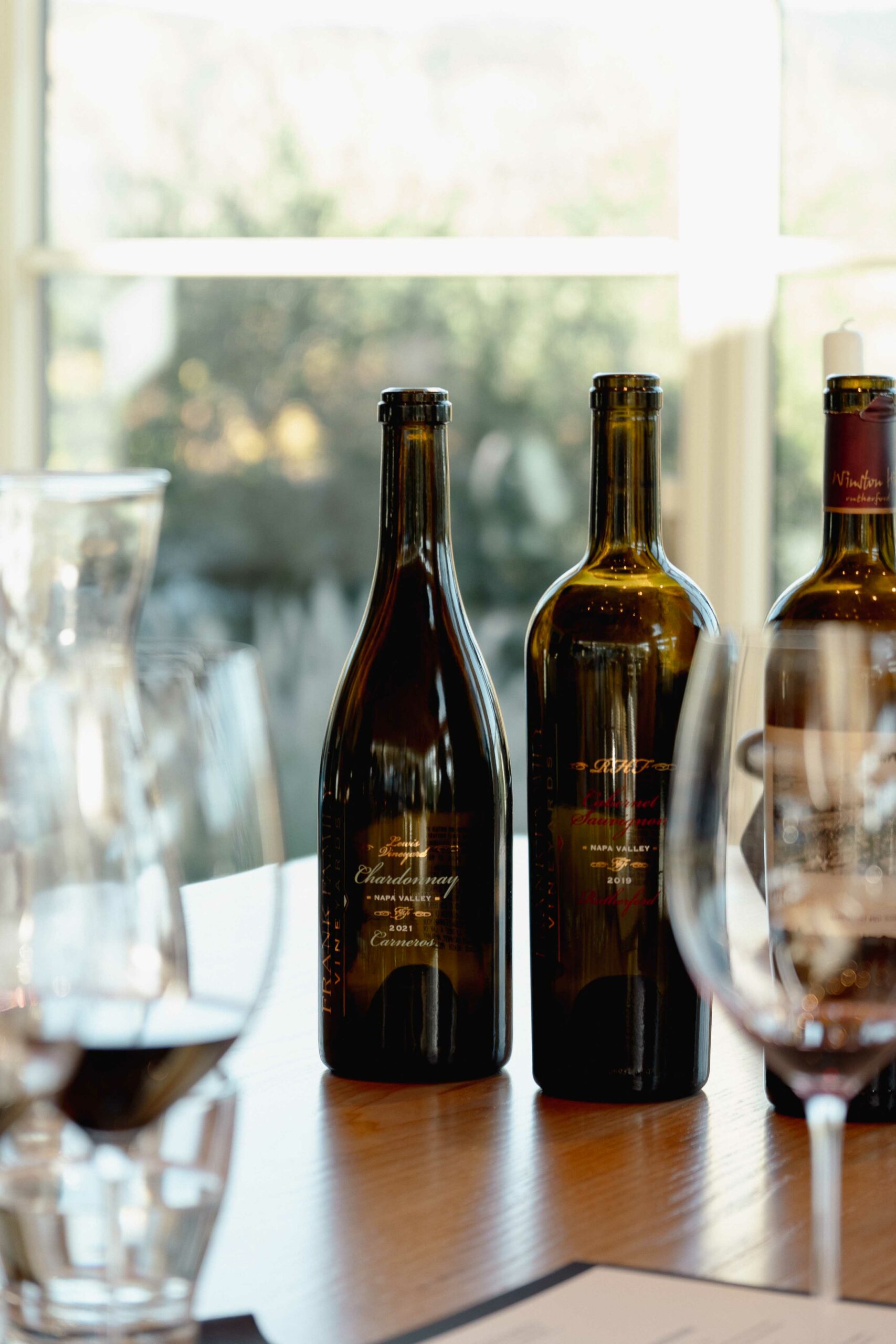
Pingback: A day trip to Napa valley – TRVL DIARY